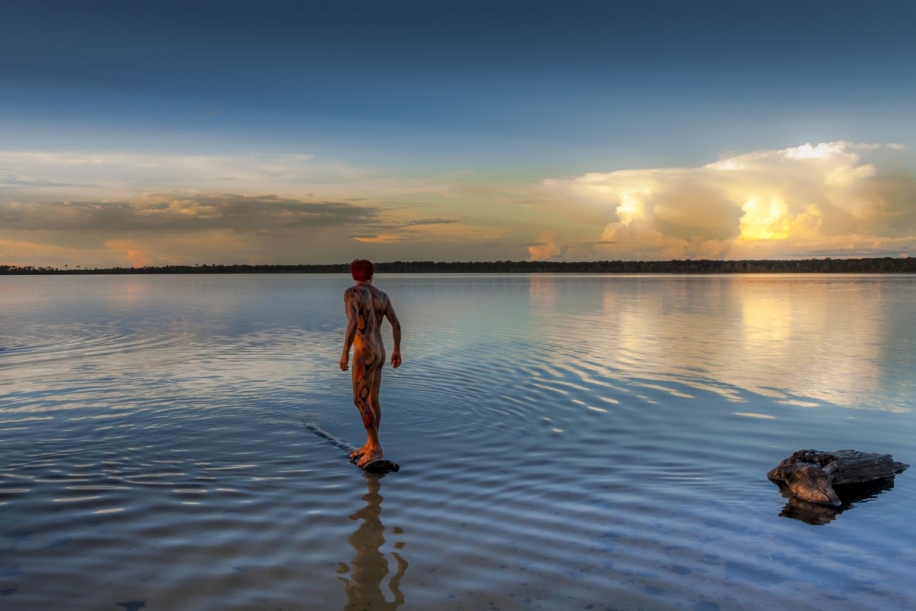
Xingu Waters: source of life at risk of death
Ricardo Teles | Xingu National Park, Mato Grosso state, Brazil
Photographer: Ricardo Teles
Exhibit Title: Xingu Waters: source of life at risk of death
Location: Xingu National Park, Mato Grosso state, Brazil
Established in 1961, the Xingu National Park was the first large multiethnic indigenous area recognized and demarcated in Brazil, who have historically acted as guardians of this vast territory.
Covering an immense area of 2.8 million hectares, the park plays a crucial role in conserving the fauna and flora. Positioned between the cerrado and the Amazon rainforest biomes, it protects a rich variety of species, many of which are endangered.
However, all this richness of Brazilian biodiversity is at risk. According to Chief Tapi Yawalapiti, one of the main leaders of the Xingu territory, the major problem is related to rampant and criminal deforestation, not within the park but mainly in the surrounding areas outside its borders where the rivers originate. The past three years have been particularly severe. The reduction in water volume in various rivers has been evident in recent years, causing some to cease to exist during the dry period. Worse, some tributaries have disappeared permanently.
Additionally, another significant concern, according to Tapi, is the indiscriminate use of pesticides in the plantations around the park, which ends up poisoning rivers and animals.
In 2014 I knew t Xingu through a news report and forged a friendship with local leaders who invited me to witness the Kuarup, their pivotal celebration. Since then, I've stayed in constant contact with these indigenous people, supporting their campaigns and organization. Over the past four years, our connection deepened, particularly during heightened threats to their territories.
Mongabay
Ricardo Teles
contato@ricardoteles.com.br / www.ricardoteles.com.br
+5511991865710
Make Comment/View Comments